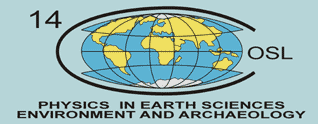|
|
GLIWICE RADIOCARBON LABORATORY
Samples processing
- First step to be applied is careful visual examination of the sample and mechanical cleaning, including removal of visible rootlets, separation of appropriate mechanical fraction or selection of the most suitable part of the sample for dating.
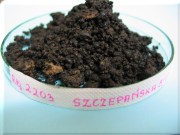 |
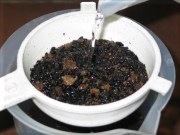 |
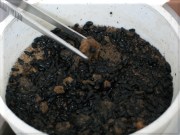 |
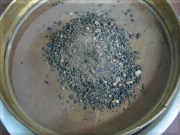 |
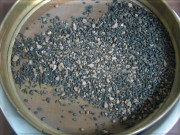 |
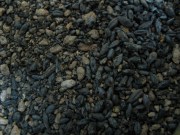 |
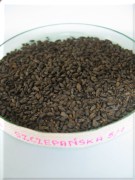 |
Successive stages of the preliminary cleaning of a sample on the example of charred seeds. The sample was collected together with the soil during archaeological excavations and immediately submitted to the laboratory, without drying. |
- Chemical pretreatment.
 In general, there are three groups of pretreatment methods, applied to organic materials, bones and carbonates:
In general, there are three groups of pretreatment methods, applied to organic materials, bones and carbonates:
- Organic matter - AAA (Acid-Alkali-Acid) or acid treatment to remove carbonates (with acid) and humic acids (with alkali). It is regarded that the soluble fractions are probably contaminated and as a rule rejected. In some specific cases however, they are also dated to have a check for the presence of different types of contamination.
In the AAA method, the sample is heated in 2% HCl, filtered, rinsed in distilled H2O, heated in 2% NaOH, filtered, rinsed in distilled H2O, and finally heated for the last time in 2% HCl, filtered, rinsed with distilled H2O and dried.
- Bones - collagen is commonly regarded as the fraction of bone most suitable for dating. Extraction of collagen is performed according to the method described by Longin.
-
Carbonates (shells, speleothems, and travertine) - Acid treatment is applied to remove the outermost carbonate layer which may be affected by foreign carbon.
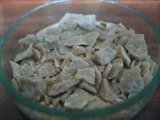
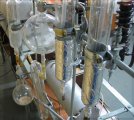
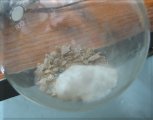
-
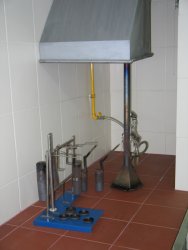 Carbonisation at 600°C. To reduce mass loss during this process, small samples are carbonized in argon atmosphere.
Carbonisation at 600°C. To reduce mass loss during this process, small samples are carbonized in argon atmosphere.
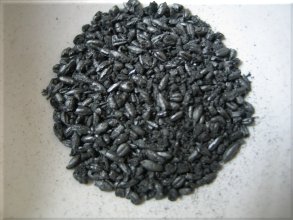
- Combustion to CO2
Samples are combusted at over 1000°C in quartz tubes in oxygen atmosphere.

- Purification
After combustion, the CO2 is purified with cupric oxide and silver wire. The cupric oxide provides oxygen for the combustion and the silver isolates sulphur and halogens in a solid form. Subsequently CO2 is cryogenically purified by passing it through dewars of ethanol/dry ice to freeze out the water.
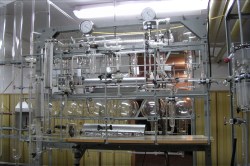
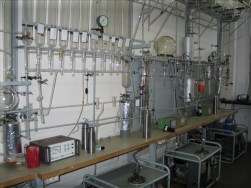
AT THE NEXT STEP, THE SAMPLE CO2, CONVERTED TO BENZENE, CAN BE USED FOR
LSC DECAY COUNTING.
FOR AMS DATING, THE CO2 IS CONVERTED TO GRAPHITE.
Main Page
|

